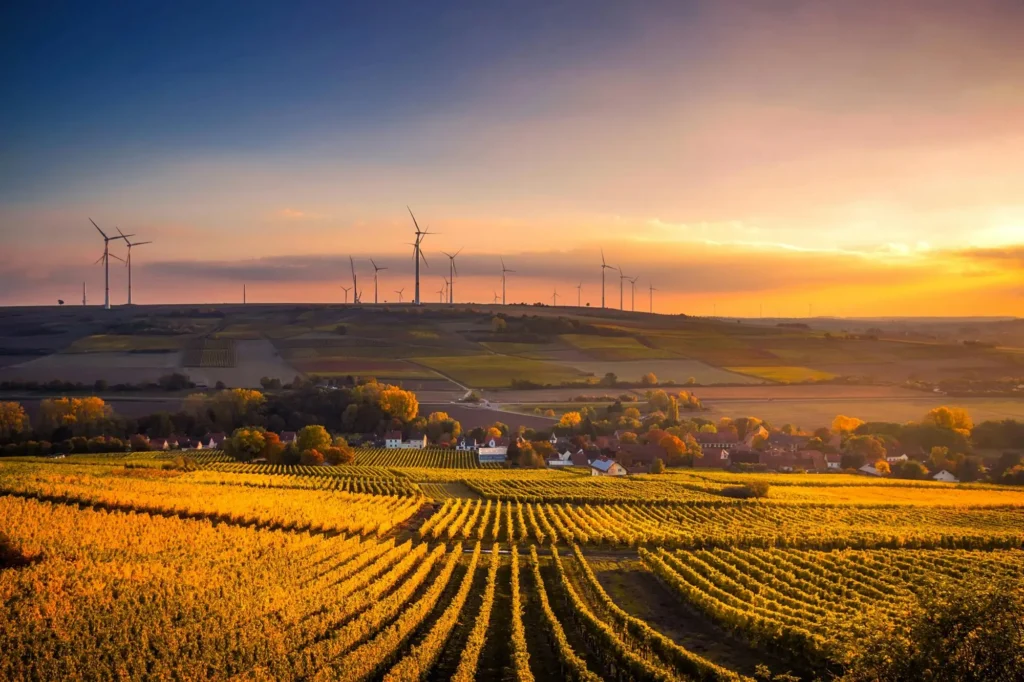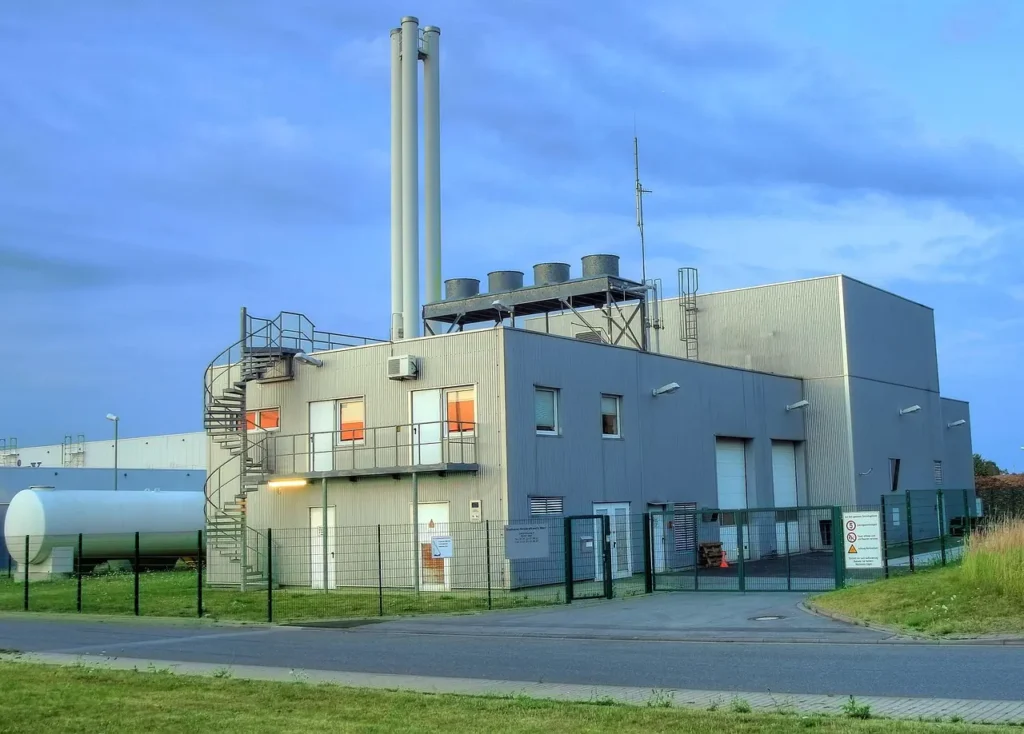
Is Biomass Energy Renewable?
2 minute read • Last update December 2024

In this article
Is biomass a renewable or non-renewable energy source?
Biomass is a renewable energy source from plants, animals, and other organic matter that can be naturally renewed or refreshed on a human timescale.
For example, biomass materials such as crops and trees can be repeatedly replanted and grown again. When grown and harvested responsibly, biomass energy can be both renewable and sustainable.
Is biomass energy sustainable?
Biomass energy can be carbon neutral, but this depends on the processes used to harness the energy source.
If resources are not managed properly, such as through overharvesting or deforestation, and trees or crops are not replanted, then that particular system would be not be sustainable. Responsible land use practices are necessary to ensure that biomass energy does negate itself.
Does biomass energy release carbon into the atmosphere?
Yes, biomass energy releases carbon dioxide (CO₂) when organic materials like wood, crops, or waste are burned or decomposed to produce energy.
However, the carbon released is part of the natural carbon cycle because the plants absorbed CO₂ while they were growing. Burning biomass fuels can release other greenhouse gases such as:
Methane (CH₄)
- Biomass decomposition in anaerobic conditions (e.g., landfills) can release methane, a potent greenhouse gas
- Methane emissions are often managed by capturing and converting it into energy (e.g., biogas)
Nitrous Oxide (N₂O):
- May be emitted during biomass combustion or through fertilizer use in growing biomass crops
How to manage biomass greenhouse gas emissions
It’s certainly possible for biomass energy to be carbon-neutral or have a lower carbon footprint compared to fossil fuels if managed properly.
Some greenhouse gas management strategies include:
Sustainable harvesting
Sustainable harvesting practices ensure that biomass is replaced with new growth to absorb the CO₂ released during combustion. It’s important to prevent deforestation by replanting trees or using agricultural waste instead of dedicated crops.
Efficient combustion technology
Efficient combustion technology such as gasification or pyrolysis can be used to optimize energy output and minimize emissions.
There are also pollution control devices that can be deployed to reduce particulates and other greenhouse gases when burning biomass fuels.
Carbon capture and storage (CCS)
Capturing CO₂ emissions from biomass power plants and storing it underground or using it in industrial processes can make biomass energy “carbon-negative.”
Lifecycle assessments
Lifecycle assessments should be conducted to ensure that biomass supply chain emissions from production, transportation, and processing are minimized to their fullest extent.
Written by Graham Lumley
Graham Lumley, Digital Marketing Manager at BKV Energy, leads digital and traditional marketing strategies, focusing on educating Texans about the state's deregulated energy market. With over 8 years of marketing experience, he creates content to help consumers understand and save on their energy bills, bringing a fresh and dynamic approach to the industry.
Related articles

Environmental Impact of Biomass Energy
3 minute readBiomass energy is often considered renewable, but what is its true environmental impact?
Get $50 off your electric bill!
Use code BKVEJOINUS50
Enter your zip code to shop BKV Energy's affordable, fixed-rate Texas electricity plans. Use the promo code for $50 off your electric bill.
